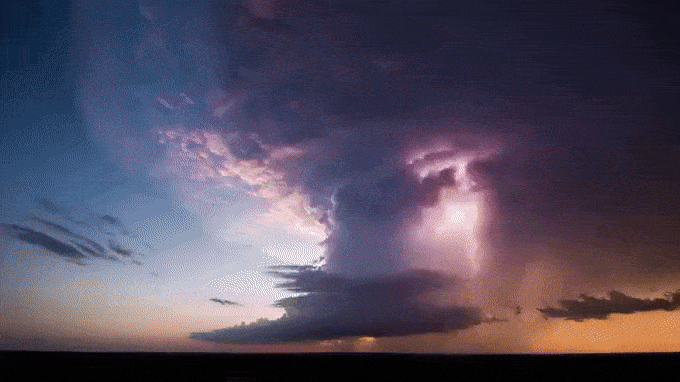Green Lights Aug. 29: Top stories this week
Don't miss a single story from the best of Callaway Climate Insights. And don't miss our Labor Day sale!

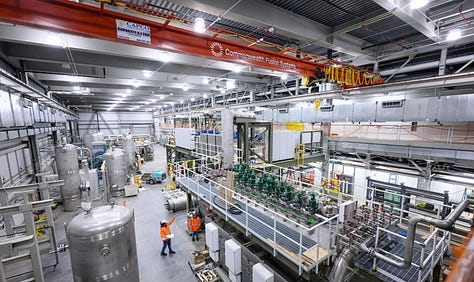
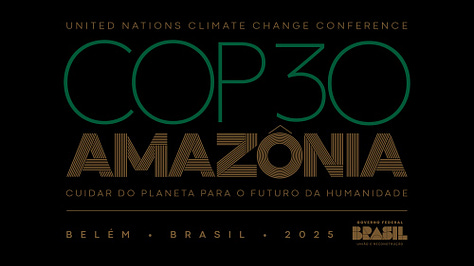
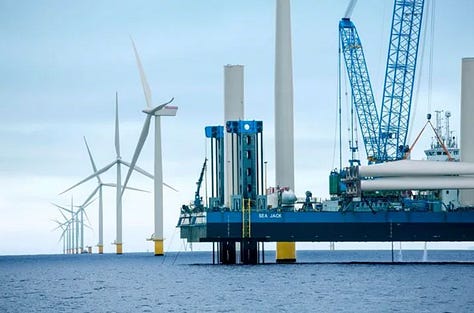
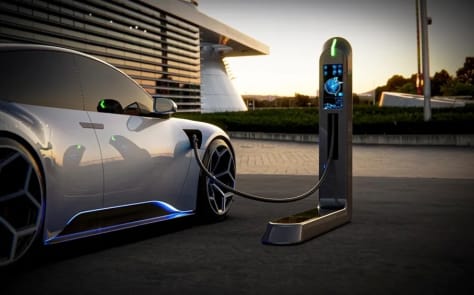
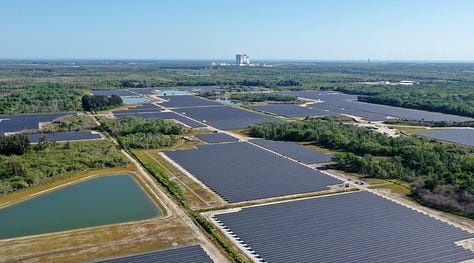
. . . . Welcome back to Green Lights. Here’s our roundup of the best of Callaway Climate Insights. This week, David Callaway considers what will happen when the real AI shakeout finally arrives, and weighs in on the impact of the end of $1.5 billion Revolution Wind offshore power project. Have a great Labor Day weekend, stay cool and please subscribe to support our climate finance journalism. We’re having a big sale!
Summer sale alert!
Now through Labor Day, Callaway Climate Insights will be available to new subscribers for less than $5 a month for the first year. Take advantage now to get the best of our daily global climate analysis. Please subscribe with our special Labor Day sale offer.
. . . . Last week’s tech stock climbdown on AI concerns, while brief, gave us enough pause to consider what will happen when the real AI shakeout finally happens, David Callaway writes. We do see an AI reset almost certainly coming, and with it a shakeout in the “all things energy” story that has accompanied it. Winners and losers among the tech giants will fall along the lines of who stuck with renewables and who abandoned them in the past year.
. . . . It may be the sunshine state, but Florida ranked 18th among the 50 states in the percentage of electricity generated from solar in May, writes Bill Sternberg. He takes a look at the factors behind this and finds that it’s not all politics. There’s a lesson here for leaders of every state seeking to take advantage of its natural resources to develop energy, especially in weighing energy availability against big business priorities.
. . . . The White House’s sudden closing of the $1.5 billion Revolution Wind power project off the coast of Rhode Island late last week couldn’t have come at a worse time for Orsted, one of one of Europe’s largest renewable energy companies. And, it throws the future energy plans of New England states, which had been counting on the new renewable mix, into chaos and will certainly raise electricity bills.
. . . . When Brazil was chosen to host the United Nations climate change conference later this year in the port city of Belém, the Brazilian government thought it was an opportunity to solidify the country’s climate leadership efforts, writes Michael Molinski. But as the November COP30 conference approaches, Brazil is finding its own efforts at climate change ─ indeed those of the entire world ─ have been diverted from climate change to favor more tangible, economic actions.
. . . . Not only did AI mania on Wall Street survive Nvidia’s earnings report this week but it seems to be spreading to other markets. Nowhere is this more evident than in the nuclear industry, where waves of so-called smart money are descending on new and unbuilt technologies. That includes the experimental side of nuclear — fusion energy.
. . . . Careful management of EV demand charging could cut all U.S. electric bills by 10% annually, regardless of whether a customer owns an EV, according to new research from Brattle and ev.energy. UtilityDive reports that by managing charging programs, flexible EV vehicle loads can become a grid resource capable of generating $30 billion in annual utility savings.
More greenery . . . .
Dry as dust: More dust storms called haboobs are coming to California, thanks to climate change (L.A. Times)
It’s not just a scratch: Flesh-eating bacteria cases are rising. Yes, blame climate change. (CNN)
Learn from the past: 56 million years ago, Earth underwent rapid global warming (Space.com)
Fighting Russia and climate change: NATO countries revive bogs to defend borders (United24 Media)
Frown lines: Long-term impacts of heatwaves on accelerated ageing (Nature.com)







